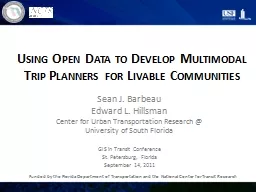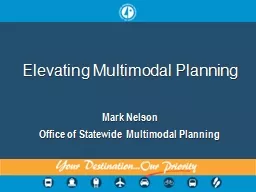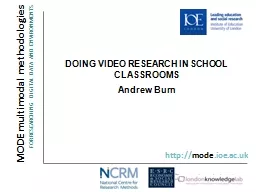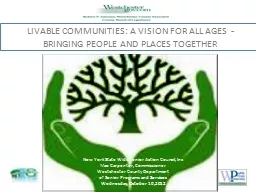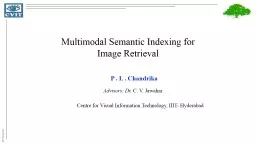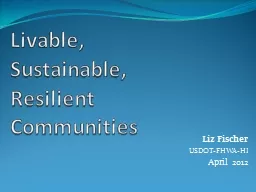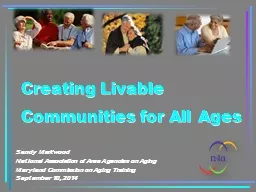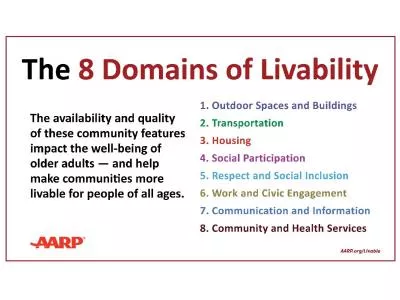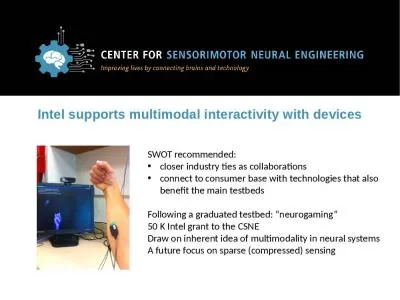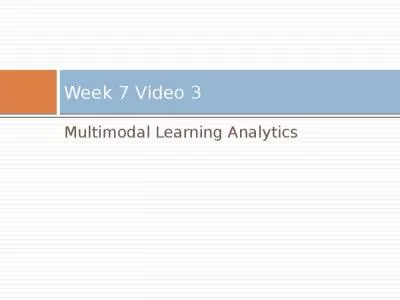PPT-Using Open Data to Develop Multimodal Trip Planners for Livable Communities
Author : phoebe-click | Published Date : 2018-11-01
Sean J Barbeau Edward L Hillsman Center for Urban Transportation Research University of South Florida GIS in Transit Conference St Petersburg Florida September
Presentation Embed Code
Download Presentation
Download Presentation The PPT/PDF document "Using Open Data to Develop Multimodal Tr..." is the property of its rightful owner. Permission is granted to download and print the materials on this website for personal, non-commercial use only, and to display it on your personal computer provided you do not modify the materials and that you retain all copyright notices contained in the materials. By downloading content from our website, you accept the terms of this agreement.
Using Open Data to Develop Multimodal Trip Planners for Livable Communities: Transcript
Download Rules Of Document
"Using Open Data to Develop Multimodal Trip Planners for Livable Communities"The content belongs to its owner. You may download and print it for personal use, without modification, and keep all copyright notices. By downloading, you agree to these terms.
Related Documents

